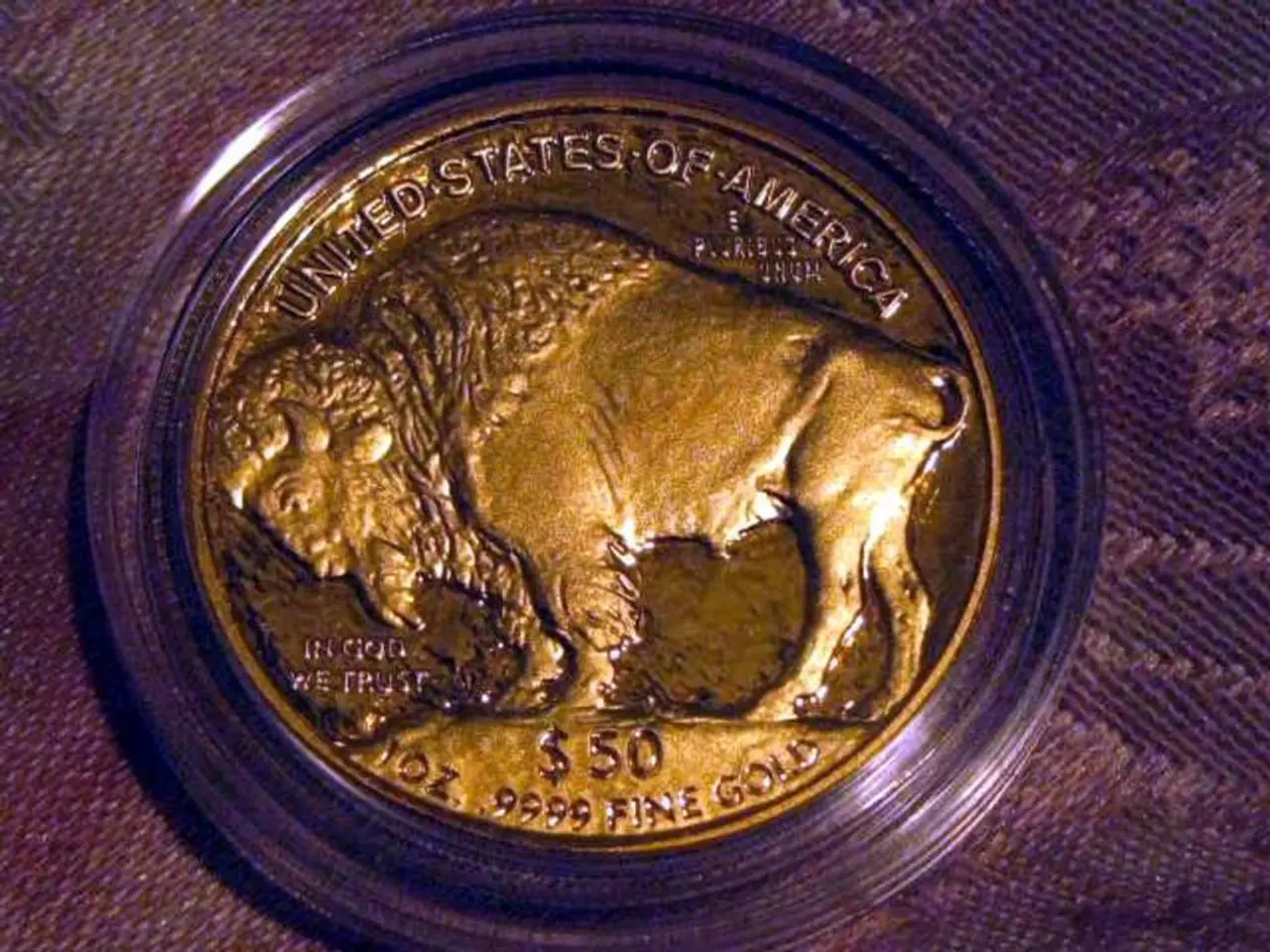The Potential Decline of the U.S. Dollar and the Increased Power of India and China Alarms Economists
The U.S. dollar, long the undisputed king of global currency, is showing signs of erosion. This shift is particularly evident in the context of strategic moves by economic powerhouses like the BRICS nations.
American economist Gerald Celente asserts that the dominance of the U.S. dollar is diminishing, predicting a bleak future for the greenback. He describes the current trajectory as "the death of the dollar."
The balance of global financial power is shifting, with the BRICS challenging U.S.-led economic policies and international influence. This growing resentment towards American dominance, as per Celente, is contributing to a shift in global power.
The BRICS nations, comprising Brazil, Russia, India, China, and South Africa, are actively working to reduce their dependence on the dollar in international trade. They are promoting alternatives to the dollar by increasing trade settlements in local currencies and the Chinese yuan, bilateral swap agreements, and regional financial infrastructure that bypasses traditional dollar-based systems.
India, for instance, is becoming increasingly self-reliant, producing a large share of its goods domestically. Its GDP is tied to trade with Washington to a relatively small extent, making it less vulnerable to economic retaliation.
The U.S., however, has imposed steep tariffs on Indian goods, with a 50% duty being rolled out in two phases. The Trump administration has justified these tariffs by citing India's continued purchase of Russian oil.
Celente criticizes America for dictating economic policy to sovereign nations, arguing that Washington has no legitimate authority to influence the internal economic decisions of independent states. He attributes part of the decline of the dollar to U.S. monetary policy decisions, including the 2018 interest rate cuts under President Donald Trump.
China, another BRICS member, has transformed into a leader in manufacturing and technology, particularly in sectors such as electric vehicles. If this trend continues, Celente warns, the dollar's role as the world's primary reserve currency could diminish far sooner than Washington expects.
The BRICS now represents over 40% of the global population. With India and China each having around 1.4 billion citizens, compared to the United States' population of 347 million, the shift towards a multipolar currency landscape seems inevitable.
While the dollar remains a safe-haven currency amid uncertainty, forecasts from major financial research groups project further USD weakness in the medium term. This decline may continue to restructure global capital flows towards a more multipolar currency system.
[1] Celente, G. (2021). Trends 2022: A Year of Extremes. Trends Research Institute. [2] J.P. Morgan (2021). Global FX Strategy: USD Weakness Ahead. J.P. Morgan Chase & Co. [3] IMF (2021). World Economic Outlook: A Long and Difficult Ascent. International Monetary Fund. [4] World Bank (2021). Global Economic Prospects: Navigating the Pandemic Crisis. World Bank Group. [5] BIS (2021). Annual Economic Report: The Evolution of the International Monetary System. Bank for International Settlements.
Read also:
- Top racer claims Corvette ZR1 might have shaved an additional 10 seconds off its record-setting lap time at Nurburgring
- Will Trump's recently announced Russia sanctions deter Putin's actions?
- A Business Model Explained: Its Purpose and Benefits for Your Venture
- Crafting a Profitable Business Strategy for a Digital Beginning: Established Procedures for Triumph




